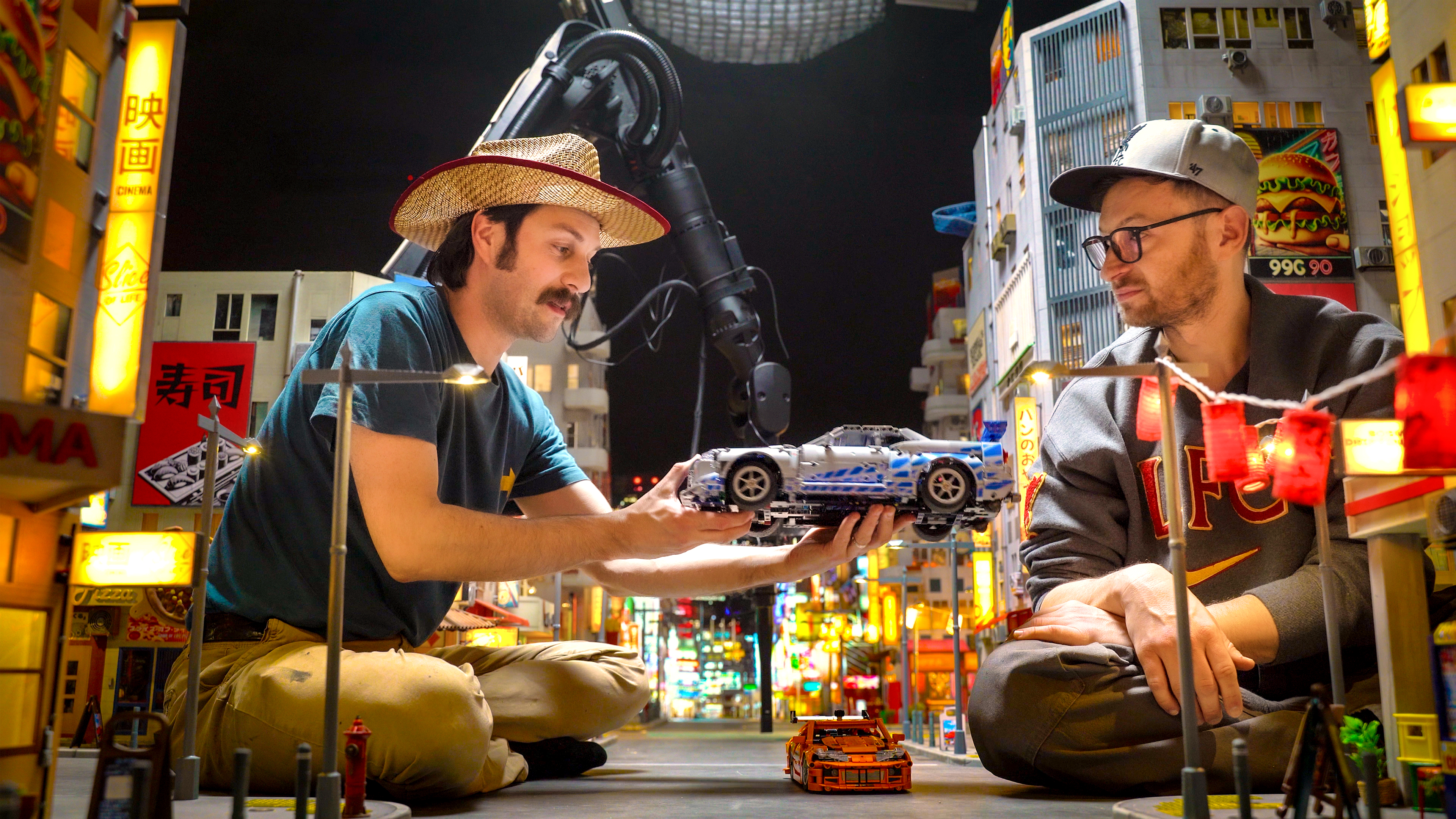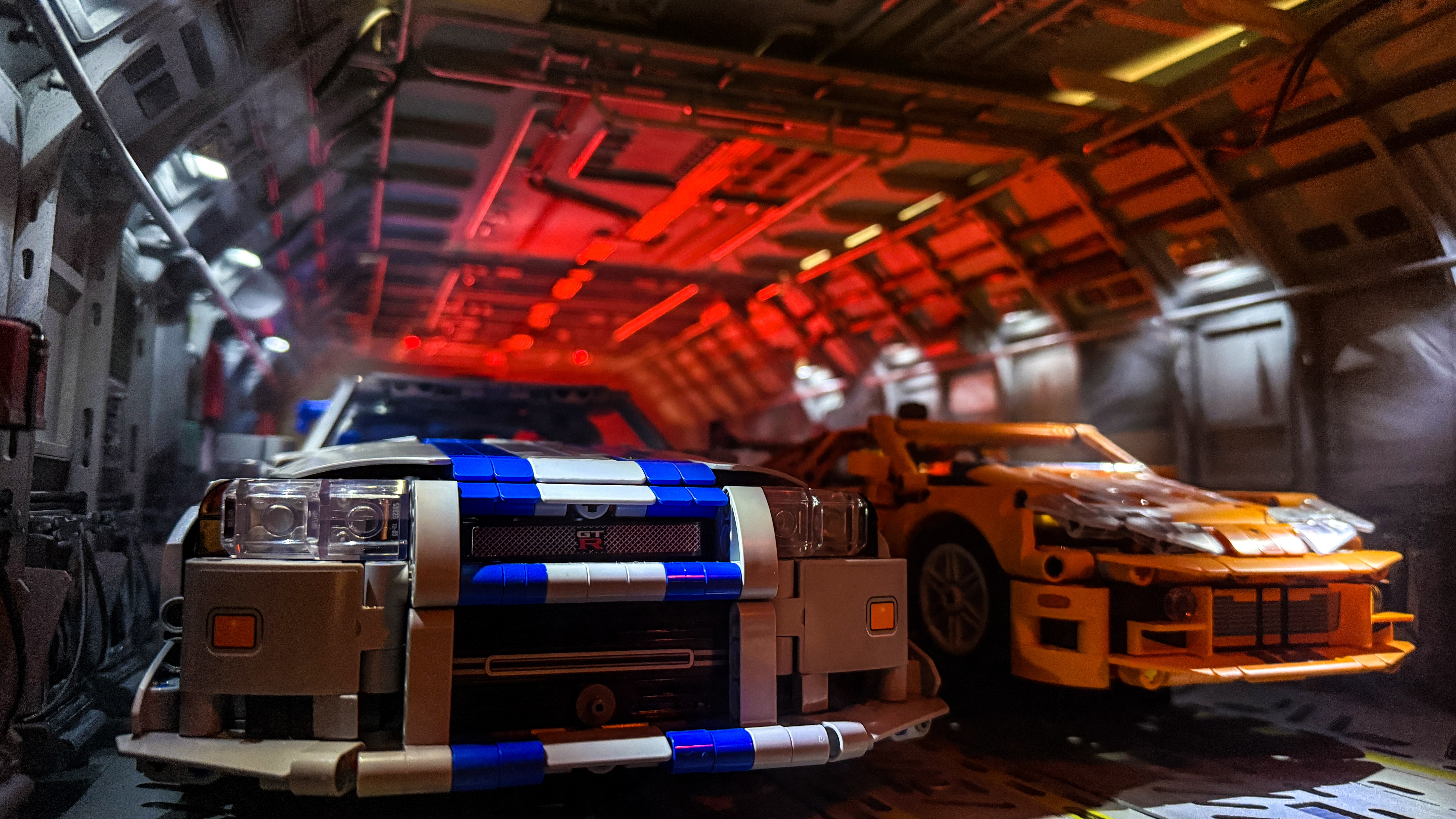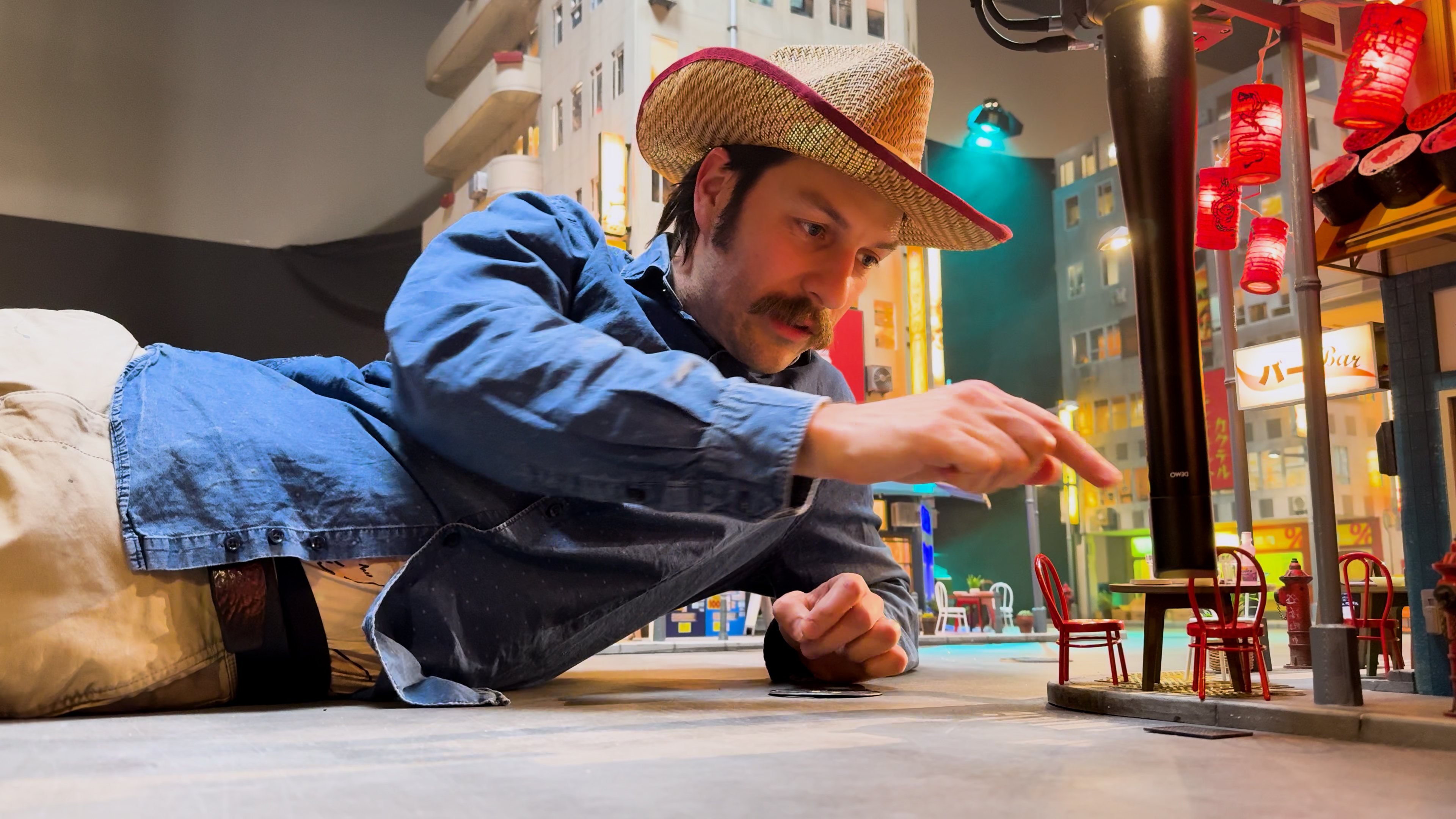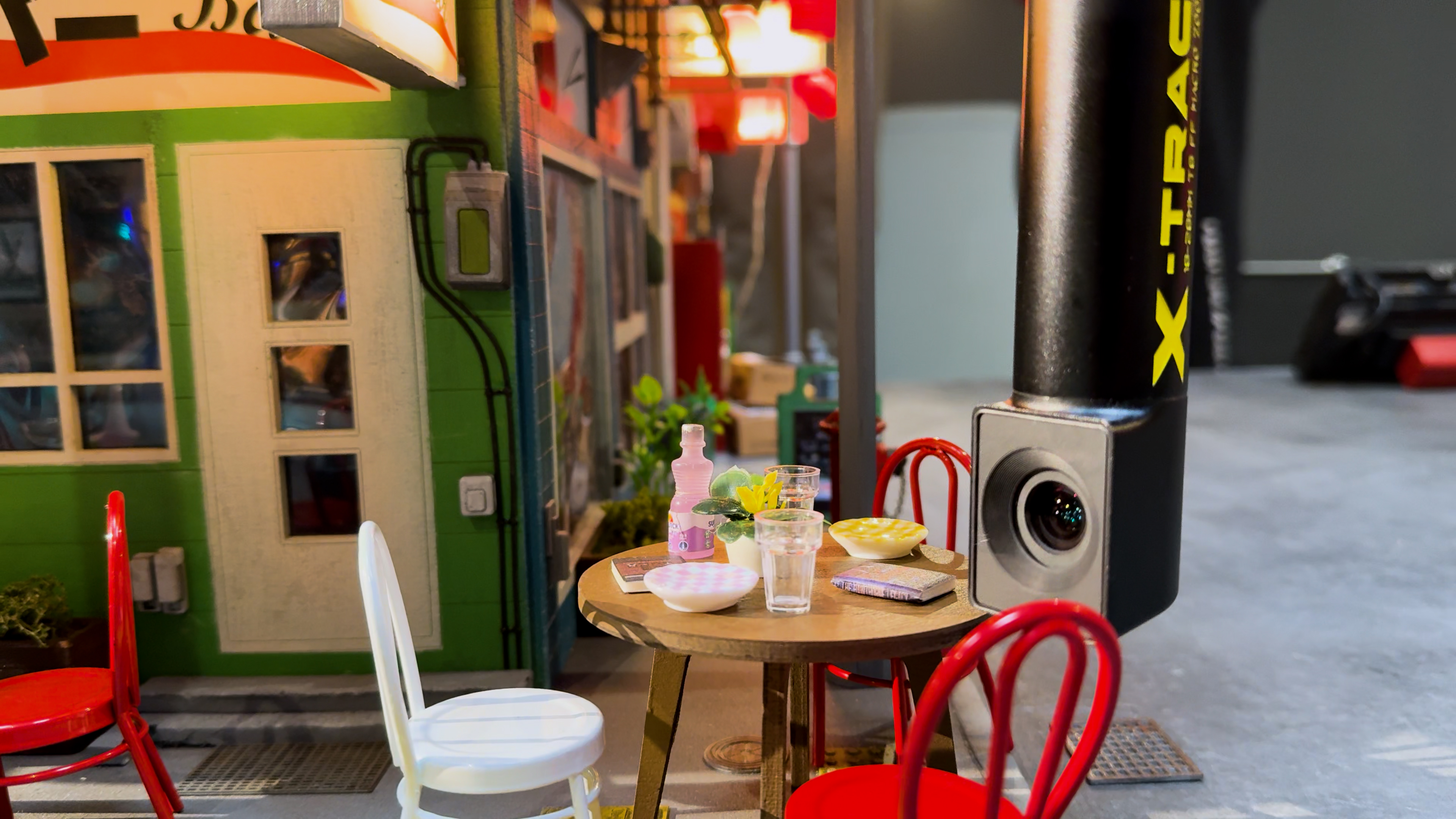2025.7.8
Interviewees: Luka Hrgovic & Dino Julius
Q: Can you tell us more about yourselves and your channel, 'Slice of Life' ?
A: We’re Luka and Dino, filmmakers from Croatia with over twenty years of experience in the industry. By day, we run a production company focused on commercials, but our passion lies in storytelling through film. We’ve directed two short films—Slice of Life (a sci-fi project) and Splashback (a period satire)—both crafted using miniatures instead of CGI. In an era dominated by digital effects, we embrace this "outdated" technique because it adds a tangible, handcrafted charm to our work.
We also share our love for practical filmmaking on our YouTube channel, where we break down miniature-building processes and vintage techniques.

Q: What inspired you to use DZOFILM’s probe zoom lens for the LEGO promotional video?
A: For our latest project—a high-octane LEGO Technic × Fast & Furious promo—we needed to film mini cars racing through a tiny Tokyo. A colleague suggested the DZOFILM X-TRACT probe zoom lenses, and they turned out to be the perfect tool to bring our vision to life.

Q: How was your first experience using the probe zoom lens? Did it differ from other lenses?
A: This was our first time using a probe lens, and it revolutionized how we shoot miniatures. Traditional lenses are too bulky for tight spaces, but the X-TRACT’s slim design let us navigate tiny sets—like airplane hangars or narrow streets—with ease. We could place the lens millimeters from the ground or right next to LEGO cars while keeping the camera body outside the set.
Pairing it with a KUKA robotic arm unlocked dynamic angles we’d never attempted before. The combination of precision and flexibility completely reshaped our directing approach.
Q: What was your vision for the LEGO video, and how did the probe lens help?
A: We wanted the LEGO cars to feel lifelike, with shots mimicking blockbuster action—dropping from planes, jumping rooftops, and weaving through streets. The X-TRACT’s zoom capability (18–28mm) was key. Unlike fixed probe lenses, we could adjust framing without swapping gear.
We also avoided the "toy-like" tilt-shift look by shooting at f/16–f/22 for sharp depth. The lens made our mini Tokyo feel sprawling and real, not just a model.

Q: What technical advantages stood out during the shoot?
A: We used both the 0° and 90° periscope X-TRACT lenses. The 90° version let us shoot ultra-low angles—just above the road—creating immersive perspectives. The build quality was impressive too; despite a few crashes with speeding LEGO cars, the lenses held up!
One hack: For "hood-mounted" car POVs, we attached a LEGO hood piece directly to the lens.

Q: How did the Gnosis macro lens complement the X-TRACT?
A: The Gnosis nailed extreme close-ups (e.g., car details, signage), while the X-TRACT excelled in dynamic motion. Together, they covered every shot type we needed.
Q: What was the most surprising shot you captured?
A: Using the 90° periscope, we threaded the lens through a dollhouse-sized table setup (glasses, bottles) while pulling focus to a speeding car in the background. The 6mm minimum focus distance made it possible—a shot no traditional lens could achieve.

Q: Any tips for creators experimenting with gear like this?
A: Embrace new tools fearlessly! The probe lens felt unconventional at first, but it unlocked creative possibilities we’d never considered. If it serves your story, try it—and remember to have fun. That energy translates to the screen.
